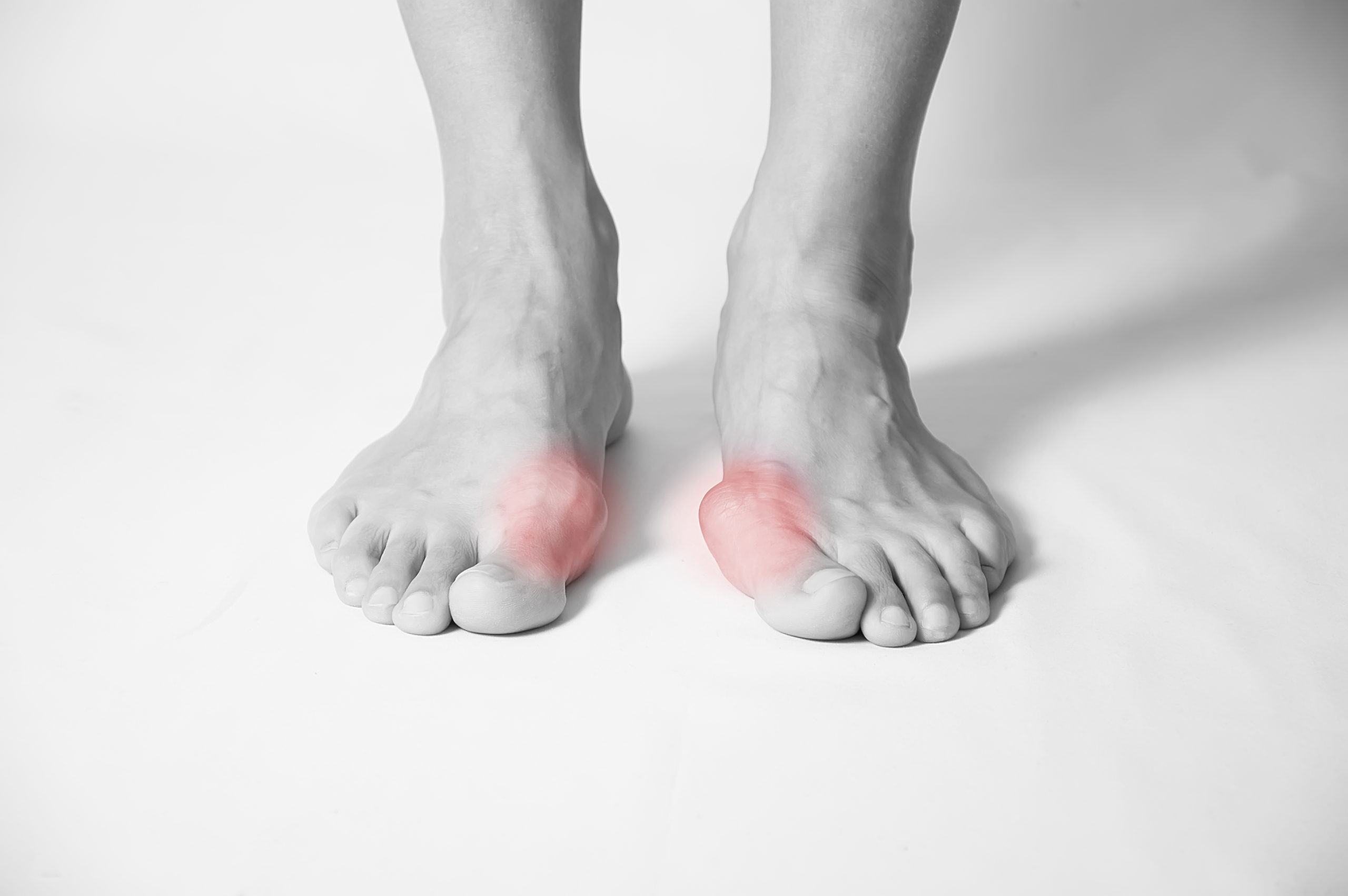Flip flops are ideal for wearing in the locker room at the gym, or when you’re stepping outside for a moment to check the mail, but can eventually lead to heel pain, blisters, plantar fasciitis, and other foot conditions if you wear them too often for long periods of time.
Here’s how flip flops can affect your overall foot health.
Toes
Considering how flip flops are held together with small strips of fabric at the top, your toes must constantly flex and grip the shoes to prevent them from slipping off. Over time, continuous gripping can lead to overuse injury such as tendinitis, which can result in pain, tearing, and rupturing of the tendons. Wearing flip flops can also increase your risk for bunions and hammertoes.
Between your toes
Unlike regular, structured shoes, flip flops lack the amount of material that can help stabilize your feet. Without socks or material, your toes can rub against one another or against the plastic thong part of the flip flop, and lead to the development of painful blisters.
Bones
Most flip flops are thin and offer no cushioning or shock-absorbing support, so if you walk around in the shoes for an extended period of time, you can develop stress fractures in the bones of your feet.
Ankles and legs
Since flip flops generally offer less support, your entire gait will most likely change on days you wear flip flops. Changes to your natural gait can often trigger problems with pain in your ankles, knees, back, and hips. In fact, one study conducted by researchers at Auburn University found that individuals who wear flip flops generally take shorter steps in an effort to keep the shoes on their feet, and strike the ground with less vertical force — further promoting the development of joint pain.
Arch
The arches of your feet are supported by a thick band of tissue known as the plantar fascia. Thin flip flops offer lack of support for your arches, and can lead to inflammation of the plantar fascia, which is known as a condition called plantar fasciitis. This foot condition can cause you to experience pain in your arches when walking.
Heel
Flip flops commonly lead to heel pain over time, since the backs of your feet repeatedly rise off the back of the shoes when wearing flip flops. If you begin to experience dull or sharp pain in your heels, you could be suffering from plantar fasciitis, which affects heels as much as arches.
Bacteria
Wearing flip flops exposes your feet to a higher amount of bacteria, since there is less material coming between your feet and the ground — equating to less protection for your feet. A 2009 study conducted by the University of Miami found that the average pair of flip flops is home to over 18,000 bacteria, including fecal matter and Staphylococcus aureus. If you’re not scrubbing your feet thoroughly after wearing flip flops, you could be increasing your risk for major illness.
Do you frequently wear flip flops and suffer from foot pain as a result? Call Kansas City Foot Specialists to schedule an evaluation at (913) 338-4440, or request an appointment online so we can determine the cause of your injury and get you back on your feet.


